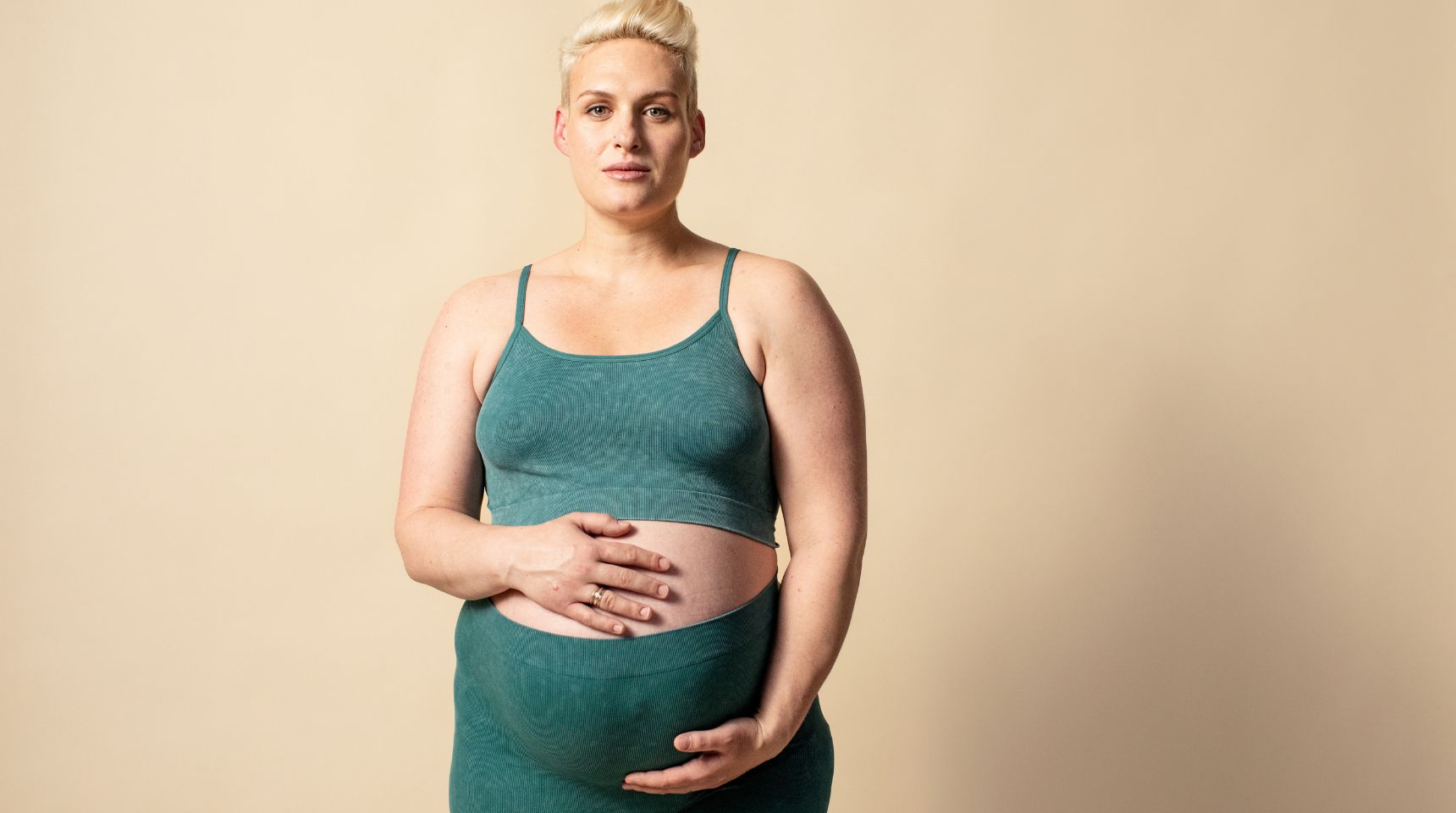A nipple shield is a breastfeeding accessory that can help moms overcome common breastfeeding challenges.
It’s made of ultra-thin, super-soft, clear silicone and rests over the mom’s nipple when placed against her breast. There are holes at the tip so milk can flow through to baby’s mouth.
We call our nipple shield a Contact Nipple Shield because our choice of design and material allows for as much contact as possible between mom and baby while using this accessory. The Lansinoh Contact Nipple Shield design maximizes skin-to-skin contact for mom and baby, so baby can enjoy the many benefits that come through that closeness.
If you are struggling with breastfeeding and think a nipple shield could help, we strongly encourage you to meet with a lactation professional, like an IBCLC or Certified Lactation Consultant. These trained experts can help identify the cause of the problem and then recommend if a nipple shield is the best course of action.
A nipple shield may help when:
- Baby is premature, ill, or small. A nipple shield for nursing may make feeding easier for a small or weak baby, because suction inside the nipple shield holds the nipple in an everted position. Milk pools in the tip of the shield, and provides an immediate reward when the baby resumes sucking.
- Mom has flat or inverted nipples. Some new mothers have nipple tissue that is not very stretchable. If it is difficult for the baby to draw out their mother’s flattened nipple, the baby may pull away, cry, or simply fall asleep. Lansinoh’s Contact Nipple Shield provides sensation deep in the mouth, much like when mom’s nipple touches the roof of their mouth, and encourages the baby to keep sucking. This continual sucking encourages the nipple to elongate and eventually a nipple shield should not be needed for these issues.
- Baby has a tongue and/or lip tie. A small percentage of babies are born with tongue/lip ties. In these cases, connective tissue prevents baby from fully extending their tongue or flanging their lips. This makes it difficult for baby to latch properly. The nipple shield for nursing allows baby to continue feeding at the breast using a shallower latch until the tongue/lip tie has been resolved by a physician.
- Mom has overactive let-down. Some mothers experience a particularly forceful let-down reflex. This can cause baby to choke, sputter, or pull off the breast when feeding. Using a nipple shield can help slow the flow of milk. Once baby has become more experienced at breast feeding they will be able to regulate the flow of milk themselves and a nipple shield should eventually not be needed for these issues.
Some moms use nipple shields for sore, cracked nipples but we recommend using ultra-pure, hypoallergenic Lanolin or Soothies® Gel Pads in these cases. HPA Lanolin is safe for mom and baby, can be applied after each nursing session, and does not have to be removed prior to breastfeeding. Also safe for mom and baby, Soothies can be used between feedings to ease and heal sore, cracked nipples.
If your lactation consultant advises you to use a nipple shield for nursing, they will tell you – and we agree! – that nipple shields are meant for short-term use. The goal should be to return to at-the-breast feeding without a nipple shield as quickly as possible.
*Long-term use without monitoring and assessment can affect milk transfer and can lead to low milk supply. *
All content found on the Lansinoh.com website, including: text, images, audio, or other formats were created for informational purposes only. The content is not intended to be a substitute for professional medical advice, diagnosis, or treatment. Always seek the advice of your physician or other qualified health provider with any questions you may have regarding a medical condition. Never disregard professional medical advice or delay in seeking it because of something you have read on this website.









